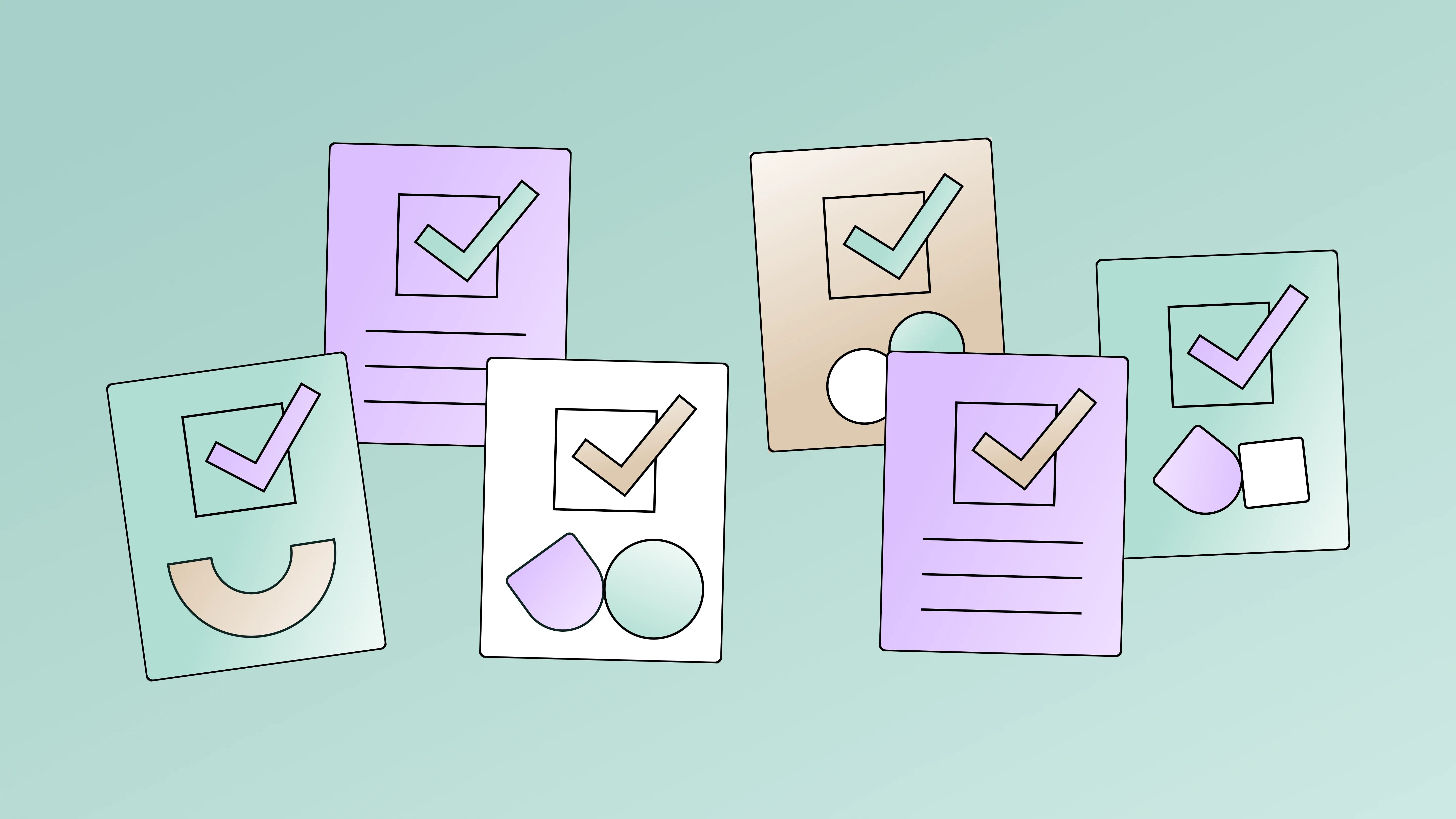The Tableau Wild Wild West

Perhaps the most important principle when adopting modern analytics is that self-service and governance are not mortal enemies. Governance is what makes self-service possible. The entire purpose of self-service is to enable everyone to ask questions and make informed business decisions, fast. But probably every data leader will agree that finding a balance between data model governance and analyst autonomy is one of our biggest challenges. This becomes very apparent when using Tableau.
Tableau: The love affair of analysts
It’s no secret that many business analysts are head over heels for Tableau – and who can blame them? It’s the Beyoncé of data visualization tools. But, as we know, with great power comes great responsibility. Tableau opened the door to the self-serve analytics revolution, but it also unintentionally created a ‘wild wild west’ where analysts could run without a sheriff in sight.
The governance predicament
In my countless interviews with data team leaders (250 and counting), a recurring theme echoes – the governance paradox. Either analysts feel like their hands are tied, everything needing central data team approval, or we end up with the chaos of conflicting definitions, dimensions, and logic. It’s the classic struggle: too much control stifles creativity, too little leads to data chaos.
The balancing act
We want analysts to embrace BI tools like Tableau, flex those self-serve muscles for swift prototyping, and build their dashboards. They should use SQL or custom SQL or even drag-and-drop features – it’s their sandbox. But, and there’s always a ‘but,’ the reality check is, there are only so many analytics engineers and hours in a day to keep data models consistent. Striking a balance means giving autonomy to analysts while ensuring a level of control and visibility for the central data teams.
GenAI in the mix
Enter the age of GenAI features in Tableau. Just a month ago Tableau announced the beta launch of Einstein Copilot for Tableau: a powerful AI assistance that uses natural language and generative AI to accelerate data exploration and analytics. A game-changer, but only if the data models it’s based on are consistent. Without a solid governance strategy, your AI-generated data outputs might be completely unreliable. The push for data modeling becomes not a just a nice-to-have but a crucial necessity for the production of trustworthy insights driven by AI.
The million-dollar question
How do you thread the needle, governing data models without shackling the creative souls of analysts using Tableau? We don’t need to be psychics to assume that your business teams flourish with BI tools and self-serve features. But metrics clutter persists, duplicates linger, and logic remains isolated. Attempts to gain governance over the data model through analytics engineering results in prolonged cycles and collaboration challenges. With Euno, analysts are empowered to leverage their expertise in SQL and BI tools for swift prototyping. As they develop new logic, it’s seamlessly detected, codified into the shared data model in dbt™, and synchronized back. This guarantees centralized modeling governance without compromising analyst autonomy.
Check out our Use Cases for more info about how Euno works!

.png)

